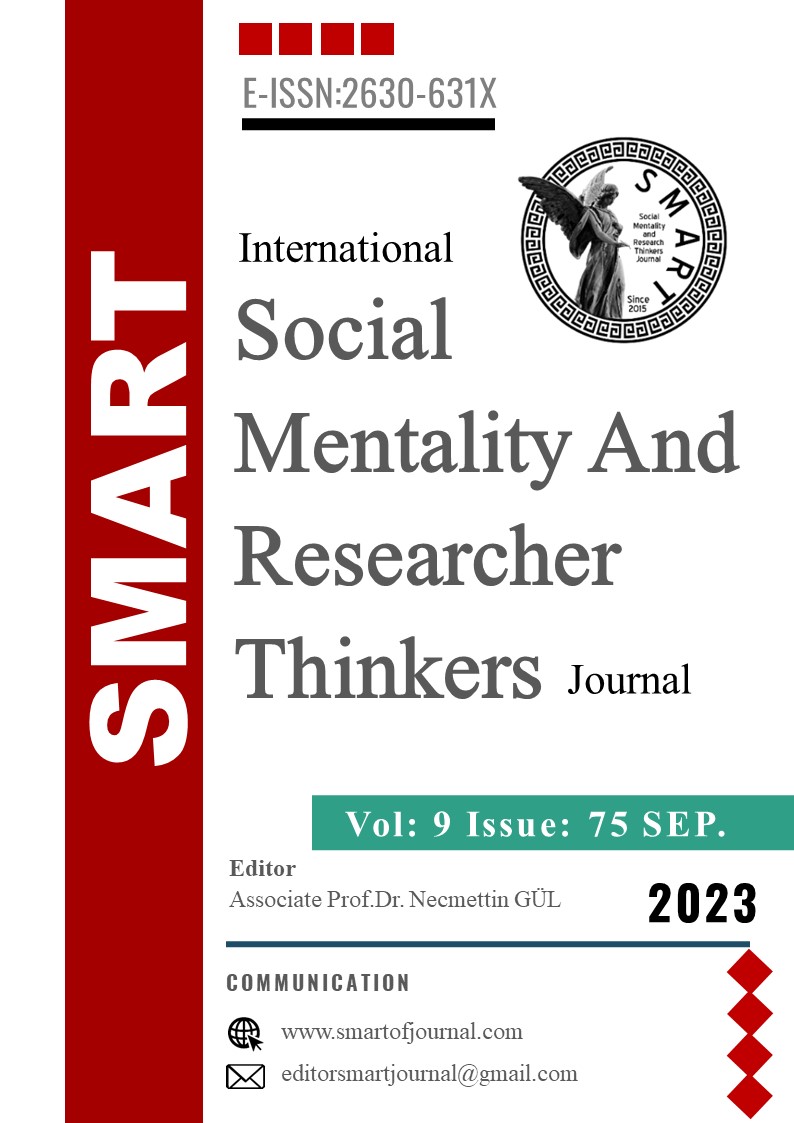Author :
Abstract
İnsanoğlunun varoluşundan beri en temel ihtiyacı olan barınma problemine her çağda farklı çözümler üretilmiştir. Bir yere konma, bir yeri yurt edinme; konak olarak görme gibi yerleşik düzenin bir parçası olma arzusu konutun her zaman insanoğlu için önemli bir mimarlık pratiği olarak görülmesini sağlamıştır. Bir barınak olarak tüm beşeri gereksinimlerin karşılandığı konut, pek çok parametre çerçevesinde değerlendirilerek kullanıcı istek, talep ve beklentileri doğrultusunda uygulamaya geçirilen bir tasarım planlaması gerektirmektedir. Endüstri devrimi sonrasında değişen barınma kültürü ile hızlı bir şekilde toplu olarak inşa edilmeye başlanan konut uygulamaları, Türkiye’de 19.yy sonlarında ilk uygulamalarını hayata geçirmiştir. Sanayileşme ve kentleşme ile birlikte değişen yaşam koşulları gereğince üretimi gerçekleştirilen toplu konutlar genellikle düşük ve orta gelirli kullanıcılar için inşa edilmektedir. Kitlesel üretim ile gerçekleştirilen konutların hızlı nüfus artışı olan kentlerde, toplu konut yapılaşması konut yetersizliğine çözüm üreten bir mekanizma olarak görülmektedir. Bu bağlamda ulusal düzeyde uygulamaya geçirilen konut politikaları ve yürütülen faaliyetler ile sektörde yer alan tek kamu kuruluşu olan TOKİ (Toplu Konut İdaresi Başkanlığı) gereksinimleri karşılayabilmek için kurulmuştur. Devlet kurumu olarak ekonomik ve hızlı yapılaşmayı mümkün kılan toplu konut üretimleri, niceliksel sorunlarla beraber nitelik açısından da yetersiz bir üretim biçimi ortaya koymaktadır. Tasarımcı ve kullanıcı arasında hiçbir ilişkinin kurulmadığı yapılaşma ile anonimleşen kullanıcı için bir toplu konut üretimi hayata geçirilmektedir. Kullanıcı ihtiyaçlarının doğrudan gözetilmeden, coğrafi konum, iklimsel değişkenler, çevresel özellikler ve yere ilişkin bağlamlar dikkate alınmadan üretilen konutların yetersiz ve eksik kaldığı görülmektedir. Çalışmanın amacı, konut kullanıcısının barınma talebini kendi biricikliğinden çıkararak anonim bir kitlenin beklentisine dönüştüren toplu konut üretiminin bağlamsal, mekânsal ve biçimsel bir dil ile geliştirilememiş olduğunu yerel bazı örneklerle karşılaştırarak ortaya koymaktır. Çalışmanın yöntemi, literatür taraması ile seçilen muhtelif örnekler ile birlikte gerçekleştirilen, gözlem, inceleme, karşılaştırma ve fotoğraflama ile oluşturulmuştur.
Keywords
Abstract
Since the dawn of human existence, the most fundamental need has been the problem of shelter, and throughout the ages, various solutions have been devised. The desire to settle, to acquire a place, and to be a part of a sedentary lifestyle has always made housing an important architectural practice for humanity. A dwelling that caters to all human needs, housing requires a design and planning approach that takes into account numerous parameters and is implemented according to user desires, demands, and expectations. With the advent of the Industrial Revolution, housing culture began to rapidly shift towards mass construction, and in Turkey, the first applications of this approach were realized in the late 19th century. Mass housing projects produced in response to changing living conditions brought about by industrialization and urbanization are generally built for low and middle-income users. Mass housing construction, realized through mass production, is seen as a mechanism to address housing shortages in rapidly growing urban areas. In this context, national housing policies and activities, including the sole public institution in the sector, the Housing Development Administration of Turkey (TOKI), were established to meet these requirements. As a government institution, mass housing production enabled economic and rapid construction but also resulted in a production method that is deficient in terms of quality, alongside quantitative issues. Mass housing is produced without establishing any relationship between the designer and the user, leading to an anonymous environment for the residents. Housing produced without directly considering user needs and without taking into account geographic location, climatic variables, environmental features, and contextual factors is often found to be inadequate and lacking. The aim of this study is to demonstrate that mass housing production, which transforms the housing demand of users into the expectation of an anonymous mass, has not been developed with a contextual, spatial, and formal language, by comparing it with local examples. The methodology of the study was conducted through literature review, observation, examination, comparison, and photography, in conjunction with selected various examples.
